Spring, summer, fall, and winter. That covers it, right?
Not by a long shot.
The more I have gardened, and observed, and become attuned to nature’s rhythms, the less satisfied I have become with our clumsy, generalized words for the seasons.
Four measly divisions?! It’s like trying to describe all the colors in the rainbow using only the terms red, blue, and yellow. There are so many more events and milestones that deserve to be noted throughout the year–and celebrated.
The Chinese have an ancient calendar based on 24 seasons of the year. I first learned of it in Nancy Ross Hugo and Robert Llewellyn’s scrumptious book, Seeing Trees, from Timber Press. This traditional, agriculture-based calendar divides the year into 24 “solar terms”, as follows:
- Feb. 4: The Beginning of Spring
- Feb. 19: Rain Water
- Mar. 6: The Awakening of Insects
- Mar. 21: Vernal Equinox
- Apr. 5: Pure Brightness
- Apr. 20: Grain Rain
- May 6: The Beginning of Summer
- May 21: Lesser Fullness of Grain (Kernels fatten)
- June 6: Grain in Beard (Kernals become ripe)
- June 21: Summer Solstice
- July 7: Lesser Heat
- July 23: Greater Heat
- Aug. 8: The Beginning of Autumn
- Aug. 23: The End of Heat
- Sept. 8: White Dew
- Sept. 23: Autumn Equinox
- Oct. 8: Cold Dew
- Oct. 23: Frost Descends
- Nov. 7: The Beginning of Winter
- Nov. 22: Lesser Snow
- Dec. 7: Greater Snow
- Dec. 22: The Winter Solstice
- Jan. 6: Lesser Cold
- Jan. 20: Greater Cold
I think the Chinese calendar does a much better job of conveying exactly where we are on the calendar at any given time than does our Western version. But I would take it a step further.
After many years of notetaking in the Ohio Valley, I have concluded that while the landscape changes little during about 10 weeks of winter, the remaining 42 weeks of the year are distinct enough to each deserve the title of a “mini-season”, different from all others. I would argue that there are 43 seasons in one year.
For example:

How can you ignore the arrival of the first winter aconite (Eranthis hyemalis)? The calendar says it’s still winter, but it is clearly a turning point, and it fills our hearts with hope. I like to call this moment “The Arrival of Sprinter.”
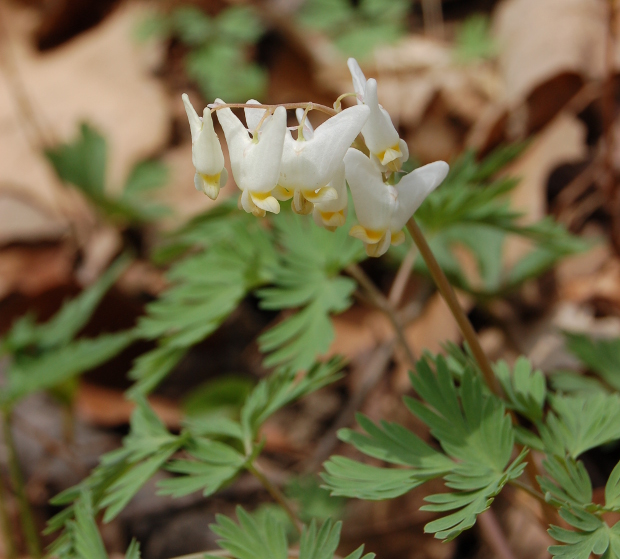
Dutchman’s breeches (Dicentra cucullaria), hung up to dry. One of the first of the spring ephemerals to bloom, it flowers before the forest canopy closes overhead. Some woodland wildflowers, like trilliums and Virginia bluebells, do have their own local festivals to make sure that the “Blooming of Woodland Wildflowers” is not missed.
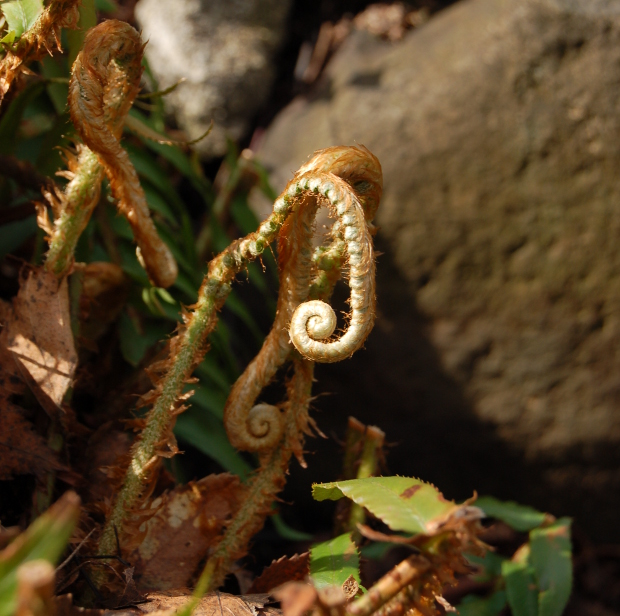
Ferns have a charming and unique way of uncurling and expanding their fresh green fronds. They only do it once a year, and then it’s over. Take the time to appreciate the season of “Unfurling Ferns” while you can.
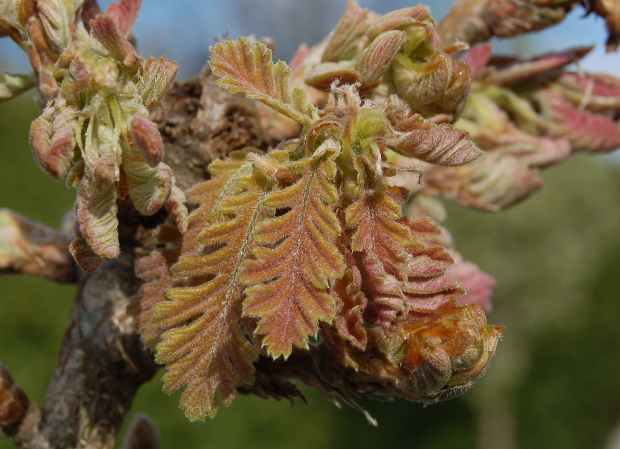
From the time buds break until leaves develop fully is very brief. The period I would call “The Season of Tiny Leaves” ought to be given its due. Is there anything cuter than baby oak leaves? I think not.

When I was taking pictures yesterday, a neighbor told me, “You’re going to want to come back when that’s blooming,” pointing at a tree peony (Paeonia suffruticosa) studded with fat buds. The “Blooming of Tree Peonies” is a gala event in any gardener’s year.

Mmmm… fringetree (Chionanthus virginicus). Smells as good as it looks. Cincinnati once sponsored a “White Blossom Festival,” and encouraged residents to plant more fringetrees. Let’s bring it back.
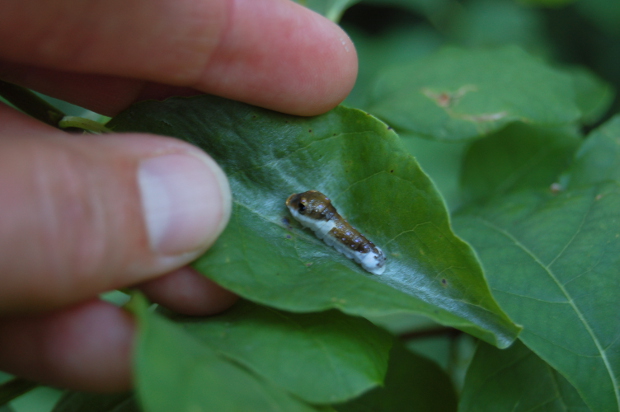
Look for spicebush swallowtail “Caterpillars Hiding” in the folded leaves of spicebush (Lindera benzoin) in Mid-May. This humble caterpillar’s coloring says, “Nothing to see here, folks. I’m just a poop.” But it will become a magnificent blue, black, and orange butterfly… if the birds aren’t wise to its game.
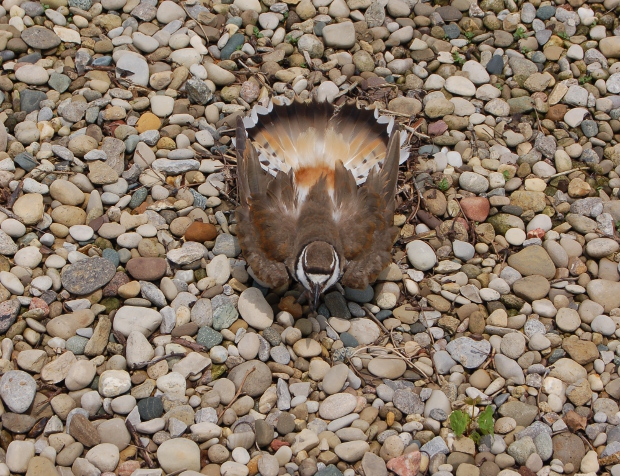
Killdeer nest in the gravel at the nursery where I used to work. Their eggs look like speckled pebbles and blend right in. When anyone walks too close, the mother fakes a broken wing and hobbles away from the nest. Every year, it’s the same trick: “Killdeer Faking”… but it never gets old.
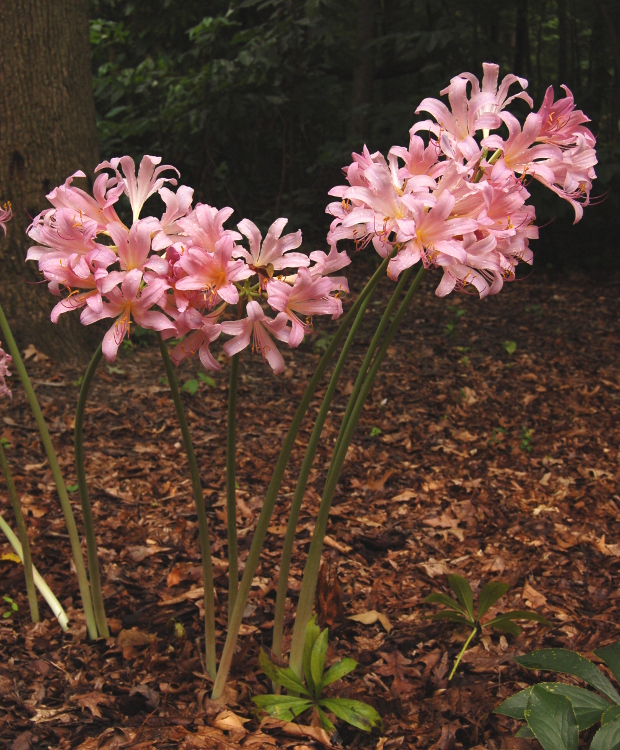
Barenaked ladies or “magic lilies” (Lycoris squamigera) pop up out of nowhere at the same time every summer. The leaves have long since withered away, and the stems are “naked.” “Barenaked Ladies in the Backyard.” Tee hee.

In August, it seems like all of a sudden there are “Spiderwebs Everywhere.” The dew settles on them in the night, making them all the more visible come morning.
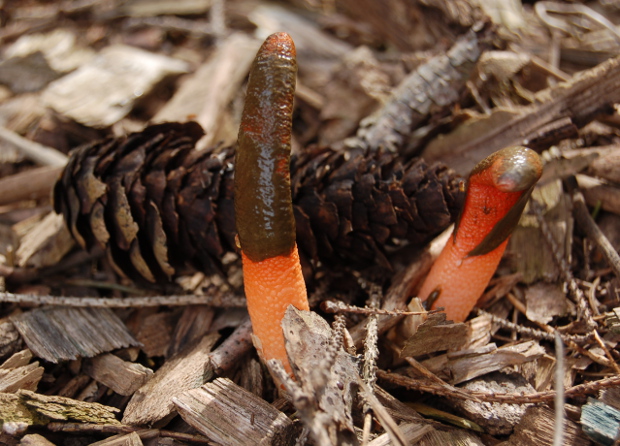
With the cooler temps and moisture of September come “Fungi Galore.” This stinkhorn rises up, and true to its name, it announces its presence with an earthy, musty funk. Others have fun names like witch’s butter, turkey tails, and chicken of the woods.

There is a time in October when there are so many “Acorns on the Ground” that the animals aren’t able to squirrel them all away. A particularly fruitful harvest is called a “mast year”.
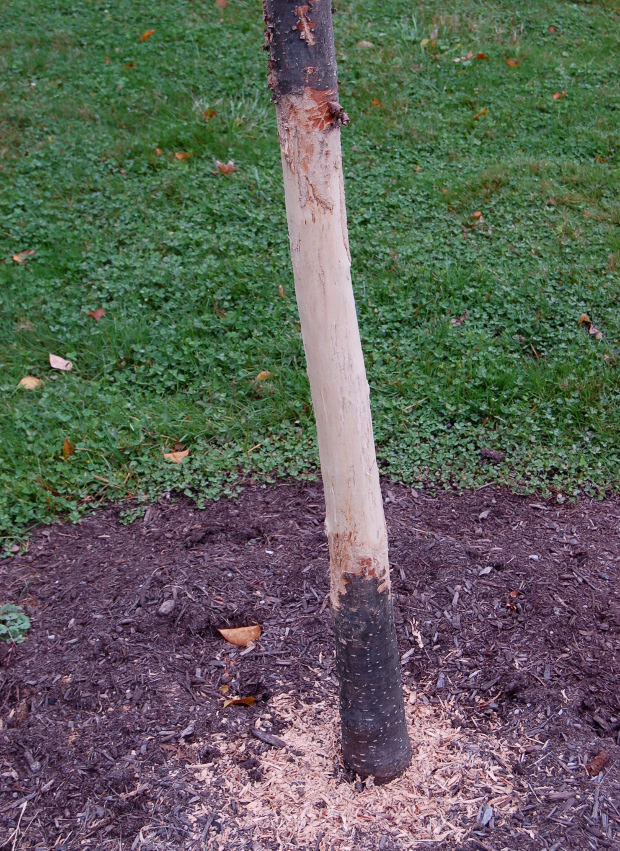
Not all seasons are cause for celebration. “Deer Rutting” time in October is a painful and sometimes deadly period for young trees.
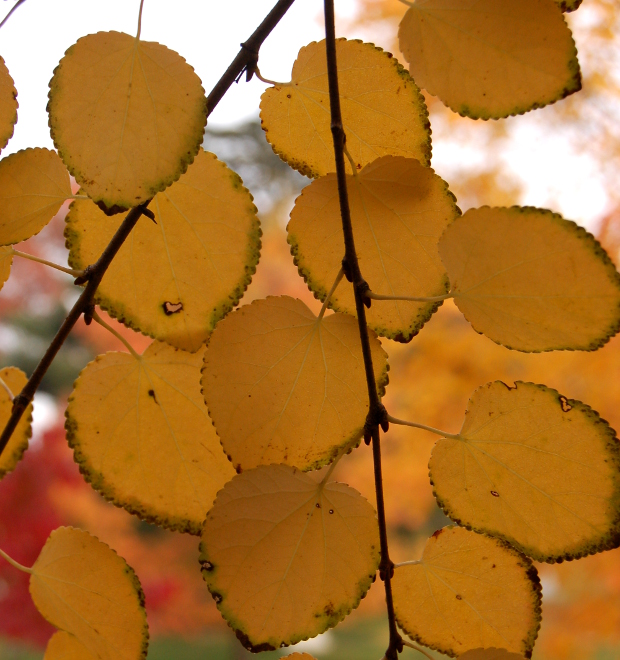
What a wonderful time of the year it is when “Katsura Leaves Smell Like Toasted Marshmallows“. It’s funny to watch people get a whiff of the sugary scent, and then look around to see where the sweets are.
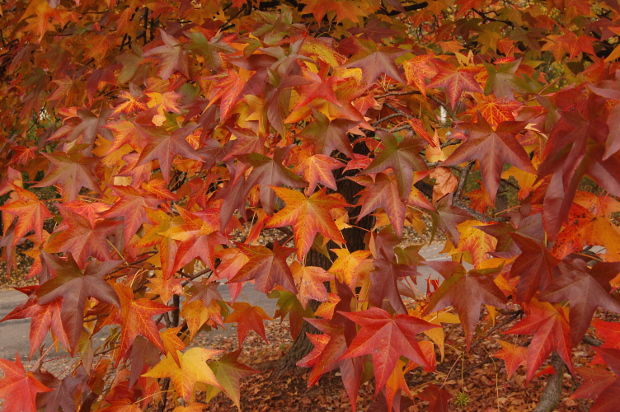
Sweetgum (Liquidambar styraciflua) reaches its most colorful point along with many other trees and shrubs in “Autumn’s Peak Color” week. Sweetgum doesn’t merely turn yellow or red, but yellow, red, orange, and purple all at once. No two are alike!
What mini-seasons would you celebrate if YOU wrote the calendar?
























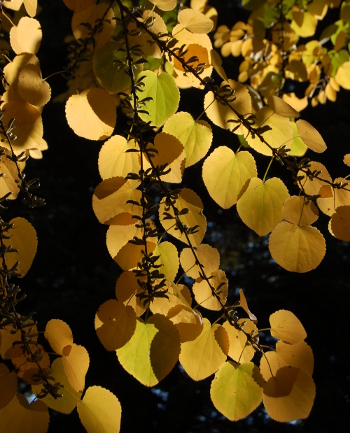

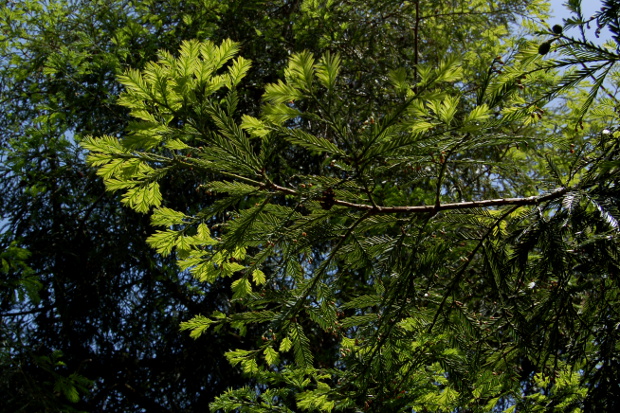

I think there must be a cottonwood season, but those white snowy bits of fluff everywhere are not something I would celebrate.
Alison, Yes, I remember that well near the banks of the Ohio River, and the cottonwood snow is even thicker here in Portland. Not a particularly joyous time, but a change of seasons nonetheless!
I cannot think of another season, yet, you have covered so many! But I wanted to tell you I love the photos!! and the descriptions. Keep up the good work.
Vicki, Thanks so much. I have gotten kind of obsessive about taking pictures now, because I don’t want to miss anything! But they give me a lot of material to share with others and I enjoy that.
Amy, I enjoyed this post so much, I just referenced it in my blog (linked to in my name when I signed in here). We’re truly kindred spirits in this matter. To answer your question, if there can be a “sprinter” (as you suggest), then there certainly can be a “finter,” that is, the season when fall isn’t quite over, but winter is gaining some serious traction. I would also note that, despite the unpredictability of New England (where I live) weather, “indian summer” and “January thaw” occur fairly consistently here.
David, Ha! Finter, I might have to steal that. I consider the season between spring and summer to be “sprummer”, and then I thought the season between summer and autumn could be “sautumn”, but I had to nix that, because “sautumny” weather doesn’t sound too good. Thanks for the mention in your blog!
Scrumptious is perfectly apt in describing “Seeing Trees” it arrived yesterday and I am thrilled.
Tim, You can read Seeing Flowers next. Same photographer, different author. Also from Timber Press.